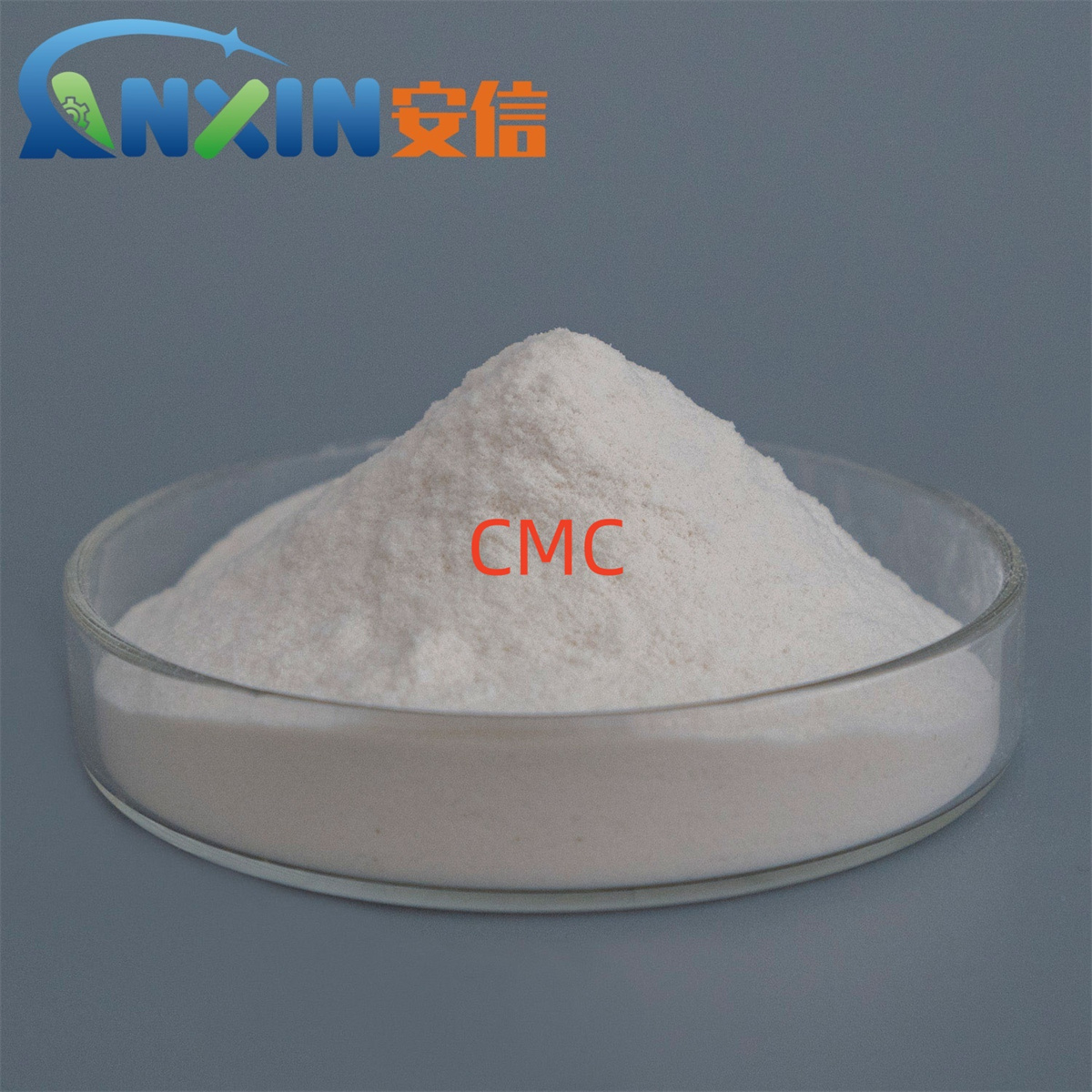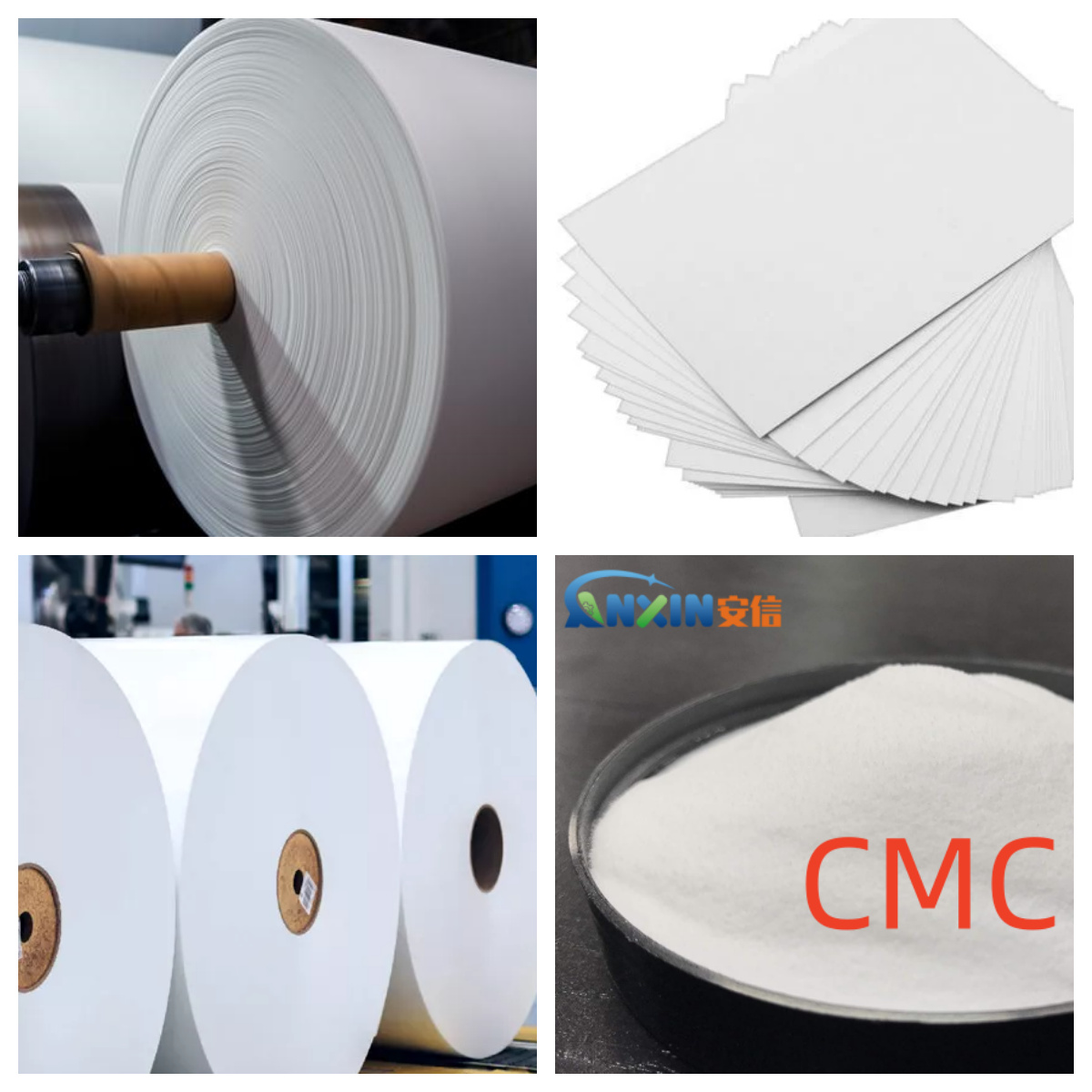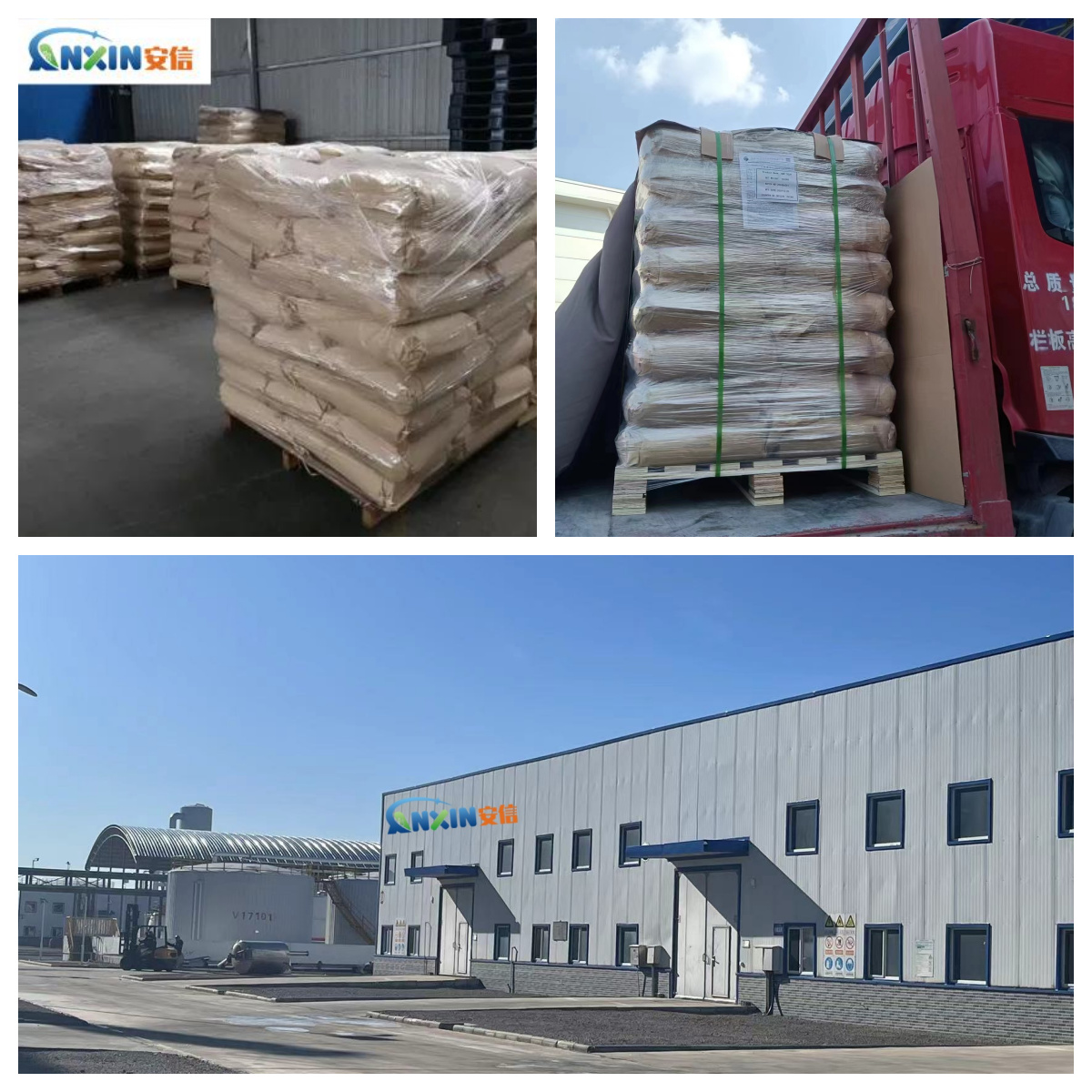Sodium carboxymethyl cellulose (CMC) is an anionic water-soluble polymer obtained by chemical modification based on natural cellulose. It has good water solubility, film-forming property, adhesion, thickening and suspension stability, and is widely used in many links of the papermaking industry, especially in paper coating formulation.

1. Basic requirements for paper coating
The main purpose of paper coating is to improve the surface properties of paper, including smoothness, gloss, opacity, ink absorption, printing adaptability, etc. Common coating formulas are composed of pigments (such as kaolin, calcium carbonate, talc, etc.), binders (such as emulsions, starch, CMC, etc.) and other additives (such as dispersants, lubricants, waterproofing agents, etc.). During the coating process, the stability and fluidity of the coating formula and the coating structure after drying play a decisive role in the final paper quality.
2. The role of CMC in paper coating
2.1. Binder function
CMC can be used as an auxiliary binder for pigments, and work with the main binder (such as emulsion, starch) to improve the adhesion of pigments on the paper surface, thereby enhancing the coating fastness and peeling resistance.
2.2. Thickener and rheology regulator
CMC can form a colloidal solution with a certain viscosity in water, which can effectively adjust the rheological properties of the coating, improve the uniformity and stability of the coating during the coating process, and help to obtain a uniform coating thickness.
2.3. Dispersion stabilizer
Adding an appropriate amount of CMC to the coating formula can improve the dispersibility of pigment particles, inhibit pigment sedimentation and flocculation, and ensure the stability of the coating during storage and use.
2.4. Improve coating performance
CMC has good flexibility and film uniformity after film formation, which can significantly improve the surface flatness, smoothness and printing adaptability of the coating, especially suitable for coated paper, coated white cardboard, high-grade printing paper, etc.
2.5. Water retention and lubricity
CMC can improve the water retention capacity of the coating, prevent the rapid volatilization of water in the coating under high-speed coating or drying environment, and ensure the uniform formation of the coating; at the same time, its lubricity also helps to reduce mechanical friction and improve production efficiency.

3. Usage characteristics of CMC
3.1. Excellent water solubility
CMC is easy to dissolve in cold water, easy to use, and can be directly prepared at room temperature without heating treatment.
3.2. Rich viscosity types
CMC with different viscosity grades is suitable for different types of coated paper and process requirements. Users can choose the appropriate model according to actual needs.
3.3. Good chemical stability
CMC has strong tolerance to heat, light, acid and alkali, and is not easy to degrade and deteriorate after long-term use.
3.4. Environmentally friendly and non-toxic
As a cellulose derivative from natural sources, CMC is non-toxic and harmless, which is in line with the development direction of green environmental protection in the papermaking industry.
4. Key points of application process
In actual use, in order to ensure that CMC plays the best role in the coating system, the following points should be noted:
4.1. Proper dissolution method
Before using CMC, it should be slowly added to high-speed stirring cold water to avoid agglomeration and local excessive thickening. It is recommended to add it in batches and keep stirring until it is completely dissolved.
4.2. Proper dosage control
Generally, the amount of CMC added is 0.1% to 0.5% of the dry weight of the coating. The amount is adjusted according to the coating performance requirements and coating process. Adding too much may cause the coating viscosity to be too high, affecting the coating operation.
4.3. Good compatibility with other additives
CMC is compatible with a variety of coating additives (such as emulsions, dispersants, preservatives, etc.), but attention should be paid to its compatibility with strong cationic additives to prevent flocculation and precipitation.

5. Application examples of CMC in different paper types
Coated paper: used to improve the smoothness and brightness of the coating, while enhancing the adhesion of the coating;
White cardboard: improve folding resistance and printing adaptability;
Label paper and thermal paper: improve the uniformity of the surface coating and printing clarity;
Coated newsprint: improve the stability of the coating liquid and reduce the phenomenon of printing ink penetration.
As a natural polymer compound with excellent performance, sodium carboxymethyl cellulose plays multiple functions in paper coatings, such as bonding, thickening, dispersing and improving surface properties. Its low cost, good stability and environmental protection characteristics make it occupy an important position in the modern papermaking industry. With the continuous improvement of paper quality requirements and the promotion of green papermaking concepts, CMC will continue to play a wider application potential in the field of paper coatings.
Post time: Jun-12-2025